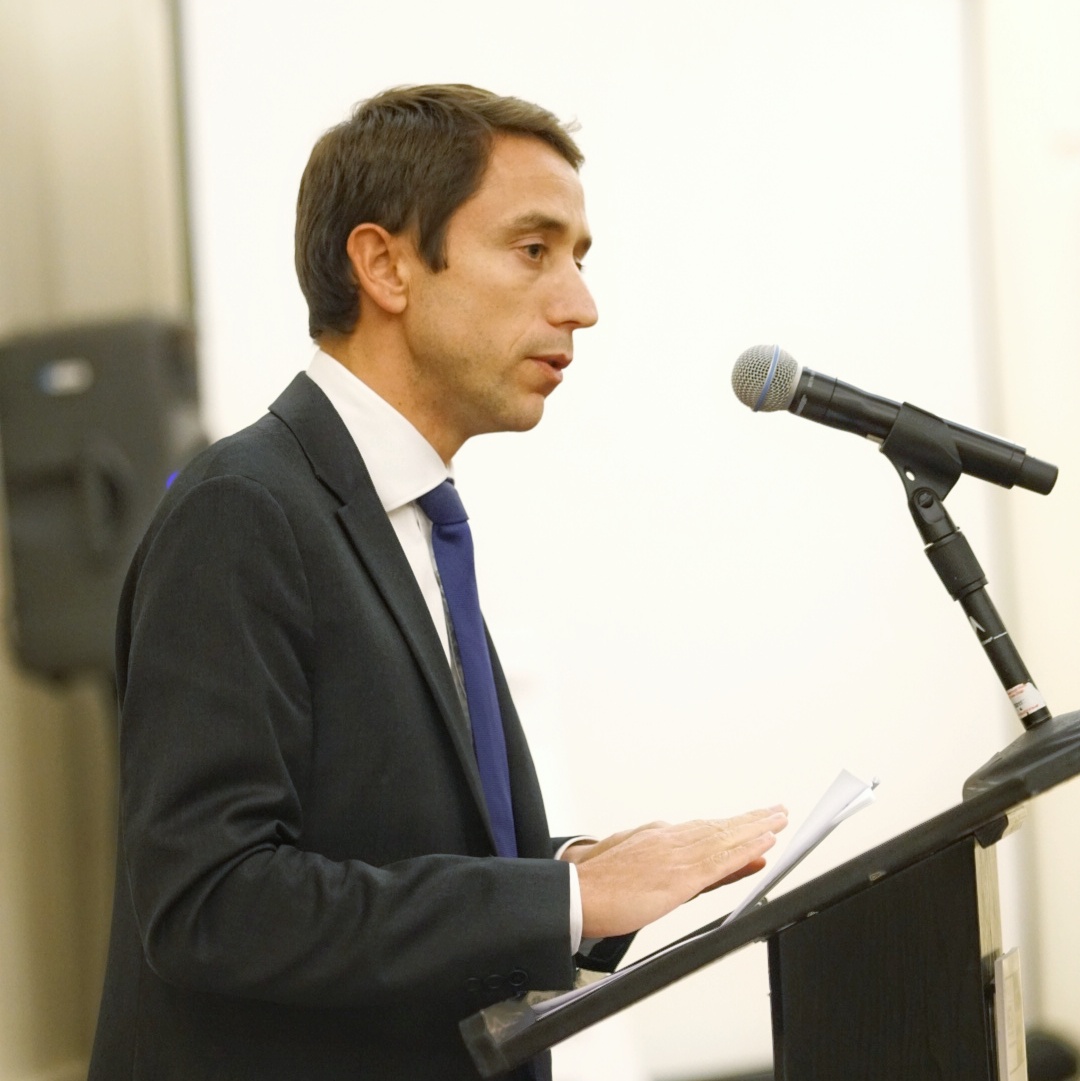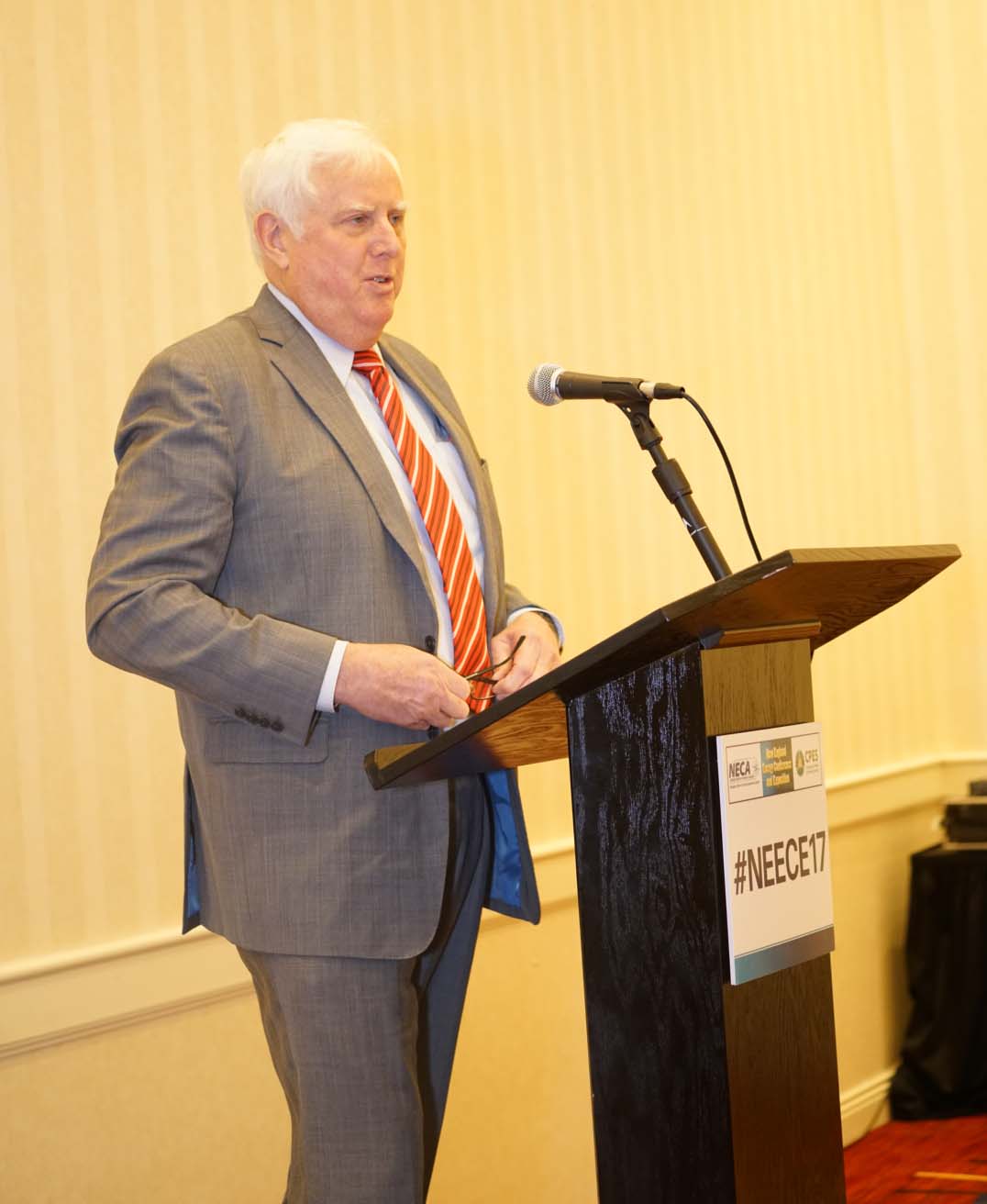This update features policy, regulatory, legislative, and regional developments in Connecticut and New England. The policy updates are compiled by the CPES New Energy Professionals Team. If you are interested in learning more about the New Energy Professionals, the Policy Committee, or if you have ideas for future policy updates, we would welcome your input and feedback. Please send comments to Kathryn Dube, CPES Executive Director, via email: kdube@ctpower.org.
This week’s feature:
- Governor Malloy Re-appoints Elin Swanson Katz as Consumer Counsel
- RESA Issues Whitepaper – The Superior Performance of Competitive Electricity Markets 2008-2016
- CT Office of Consumer Counsel Issues Report on Retail Electric Market
- ISO New England Is Conducting a Study of Fuel Security Challenges
- Budgets Swipe Funding for Clean Energy and Efficiency Programs; Advocates, Local Businesses Decry Impact to Environment and Economy
- The House and Senate Pass Legislation Concerning Public Utilities Regulatory Authority Administrative Hearings
STATE AND INDUSTRY DEVELOPMENTS
On May 3, 2017, Governor Dannel P. Malloy re-appointed Elin Swanson Katz of West Hartford to serve another five-year term as Consumer Counsel for the State of Connecticut. The Consumer Counsel is responsible for advocating on behalf on Connecticut Consumers on issues relating to electricity, natural gas, telecommunications, and water. Press Release
Retail Energy Supply Association (RESA) Issues Whitepaper – The Superior Performance of Competitive Electricity Markets 2008—2016, authored by Philip R. O’Connor, Ph.D
Connecticut Office of Consumer Counsel Issues Report on Retail Electric Market
ISO New England Is Conducting a Study of Fuel Security Challenges
ISO New England is conducting a study of fuel security challenges to the continued reliability of New England’s power system. In this context, fuel security refers to the ability of power plants to have or obtain the fuel required to generate electricity, especially during the winter peak season.
The study is examining more than a dozen cases of generating resource and fuel-mix combinations and will quantify each case’s fuel security risk—that is, the number and duration of energy shortfalls that would require implementation of emergency procedures to maintain reliability during the entire winter period in 2025. The study is not focused on the effects of expanded access to natural gas and will not identify needs for new or expanded pipeline capacity or natural gas infrastructure.
The study is still underway, with completion expected by the end of October 2017.
More information is posted on the ISO New England website and featured on the ISO Newswire.
Budgets Swipe Funding for Clean Energy and Efficiency Programs; Advocates, Local Businesses Decry Impact to Environment and Economy
Energy Efficiency and Regional Greenhouse Gas Initiative to be raided
Labor, public health, consumer and environmental advocates, as well as owners and employees of local clean energy businesses, denounce state budget proposals that massively raid energy efficiency and clean energy programs.
The Republican proposal raids $320 million ($160 million annually) from Connecticut’s nationally acclaimed Conservation & Load Management programs (C&LM) and the Democratic proposal would divert $20 million in revenue from the Regional Greenhouse Gas Initiative (RGGI). That revenue supports the C&LM residential and commercial programs, municipal energy efficiency efforts, and the Connecticut Green Bank’s clean energy programs. Both the C&LM and RGGI funds create jobs, help families and businesses save billions of dollars in energy costs, reduce harmful climate pollution, and supply significant state tax revenue by fueling private growth. Cutting funding for these programs will harm Connecticut’s economy and health, and damage the state’s credibility as clean energy leader.
See link for full press release.
CONNECTICUT LEGISLATIVE UPDATE
Information about the Energy and Technology Committee, including committee meetings and public hearings, is available at: https://www.cga.ct.gov/et/
The Energy and Technology Committee’s JF deadline was March 23, 2017. The list of bills reported out of the Energy and Technology Committee is available here and additional information about the status of these bills is available at this link.
The House and Senate passed the following legislation:
- SB 899: AN ACT CONCERNING PUBLIC UTILITIES REGULATORY AUTHORITY ADMINISTRATIVE HEARINGS FOR PURCHASED GAS ADJUSTMENTS, ENERGY ADJUSTMENT CHARGES OR CREDITS AND TRANSMISSION RATES (https://www.cga.ct.gov/asp/cgabillstatus/cgabillstatus.asp?selBillType=Bill&bill_num=SB899&which_year=2017)
CPES does not take a position on these legislative proposals; this is provided for informational purposes only to CPES members.




